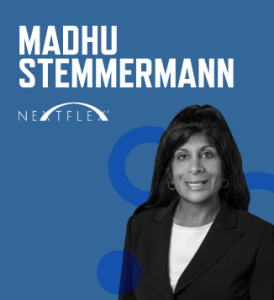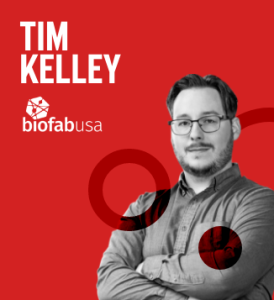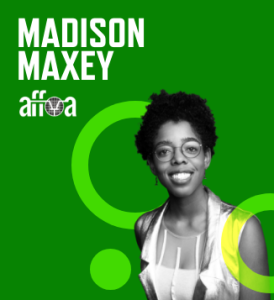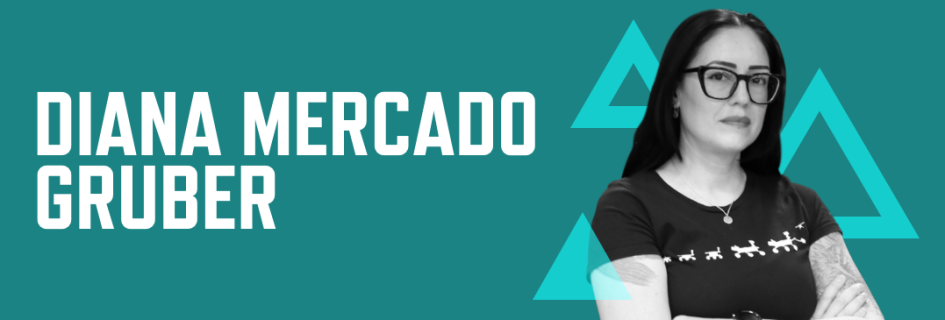
Additive manufacturing leader, space pioneer, roller derby player
Diana Mercado Gruber has her sights set on going to Mars. No, she’s not an astronaut, but she was recently chosen by the National Space Council to participate in a roundtable discussion with women in the space industry that was hosted by the Second Gentleman of the United States, Doug Emhoff.
Diana is an Additive Technical Specialist for Relativity Space, which works in the commercial rocket and space industry. When she joined Relativity Space, the company was building the first 3D-printed rocket. Diana’s team recently sent the largest 3D-printed object ever built into space. Now she is leading projects that will get us steps closer to life on Mars.
Relativity Space is a member of America Makes, the national additive manufacturing innovation institute. In her role at Relativity Space, Diana creates workflows and documentation to standardize processes that are used to make their groundbreaking products. As part of her role, Diana also does the physical work to prepare robotic cells, which includes setup, calibration, and loading materials.
Diana has taken a non-traditional career journey into manufacturing, from working in heating, ventilation, and cooling (HVAC) to learning the craft of custom metal fabrication and welding, to designing and creating jewelry. Her accomplishments include restoration work at the Old Westbury Gardens in New York and the fabrication of skylights and custom bulletproof doors for a private art gallery.
Diana’s success in so many advanced manufacturing roles across several different industries makes her a Modern Maker.
Q&A with Diana
How did you find your way to working in advanced manufacturing?
I started out as a Union Sheet Metal Worker at Local 25 in New Jersey. I had moved on to custom metal fabrication and then goldsmithing. A friend mentioned there was an opening for an operator role at Relativity. At first, I was skeptical. I knew I wanted to get back into a position that had me doing physical trade work again, building things, but I was having no luck with fabrication positions. I had heard it was a good place to work, so I took a chance.
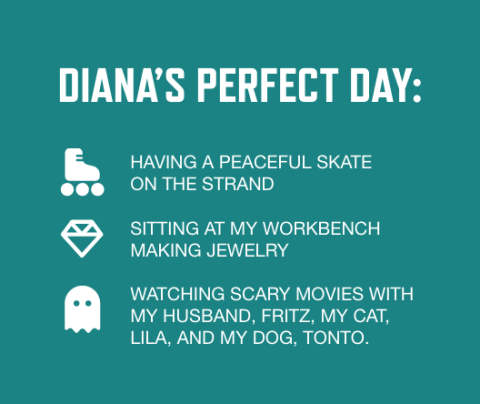
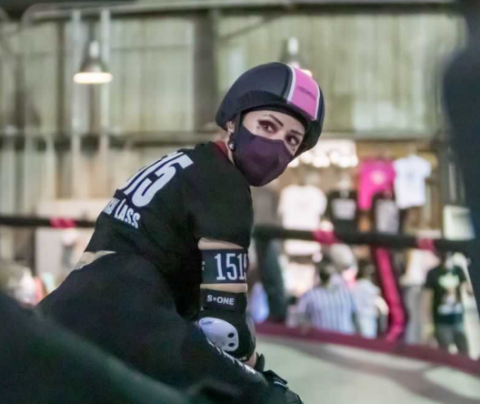
What is the most challenging part of your job?
At first, it was getting comfortable with handling large robots and restarting prints (metal 3D printing). I had to draw on my welding skills to monitor the quality of the prints. That evolved into leading a team in a production environment, which was completely new to me. The evolution of my career at Relativity has been a constant adjustment to change.
What is the best part of your job?
The best part of my job is how appreciated I feel. I went from a previous job that had my morale at an all-time low to one that showed me I mattered and that the work I did was worth something.
What would people be surprised to learn about manufacturing or your role in it?
You’d be surprised how much “non-relevant work experience” comes into play. I sat in on a meeting to discuss the maintenance of exhaust systems. I was creating training documentation for new hires. I was able to give advice on which equipment would give the best airflow readings for calibration. The advice was appreciated and the equipment was ordered immediately. That gave me a sense of pride, knowing I could still use my knowledge as a journeyman.
What advice do you have for someone new to the industry?
Even if you think it might not be for you, go for it anyway. It was the best decision for me.
What makes you excited to go to work?
When I first joined Relativity, we were building the first 3D-printed rocket, and I was excited to be part of that historic feat! Now, I am leading projects that will get us steps closer to building the next great rocket and closer to life on Mars.
What are the three most important skills for your job?
- Flexibility. You will get asked to do many things, some you’ve never done before. In the morning, I might be creating a presentation for the VP. In the afternoon, I could be back in the print cells with the robots hanging tooling.
- Resourcefulness. You tend to find ways to gain knowledge you didn’t already possess. It’s almost not enough for me to not have knowledge of one small aspect of my project. I’m not going to give up. I need to get it done. I’m always thirsty for that knowledge and will do all kinds of research to gain it. I need to put together a presentation. I haven’t done that since college. I’m the hands-on technician. Online resources for the win!
- Attention to detail. You need to think about what you’re doing and try to anticipate problems before they happen.
What activity gives you the most energy?
Playing roller derby.
What hobbies make you better at your career?
Roller derby. I’ve never been a sporty person. I’ve never played a sport for fun. Being the Jammer (point maker) teaches you how to communicate with your team and let them know what kind of assistance you need. Being the Pivot puts you in charge of the play, and you must stay close to your Jammer in case they’re in a bind and you need to take over as Point Maker. Being a Blocker teaches you how to work with your teammates to help your Jammer out, whether it’s by playing defense or offense.
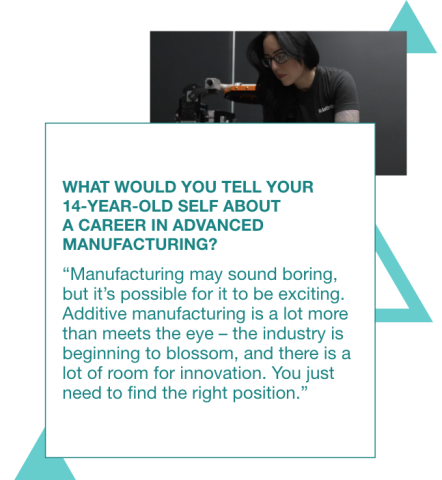
Roller derby teaches you how to work with others to make something happen. It also teaches you that you’re capable of doing amazing things. I knew I would be afraid of learning new skills, especially on a banked track. But I let myself feel that fear for just a moment, and then I went for it. It made me a less fearful street skater. And now I can’t skate without full safety gear on, including my helmet. I skate my best and my most fearless with my armor on. With what I do, I need to know when to be a leader and when to ask for help. And I must be able to jump in and do the work myself if necessary. My skills and experience are my armor.
How does the work you do impact the world?
We have the long-term goal of creating humanity’s industrial base on Mars. My current projects involve standardizing our processes and systems to complete the first steps toward that goal.


